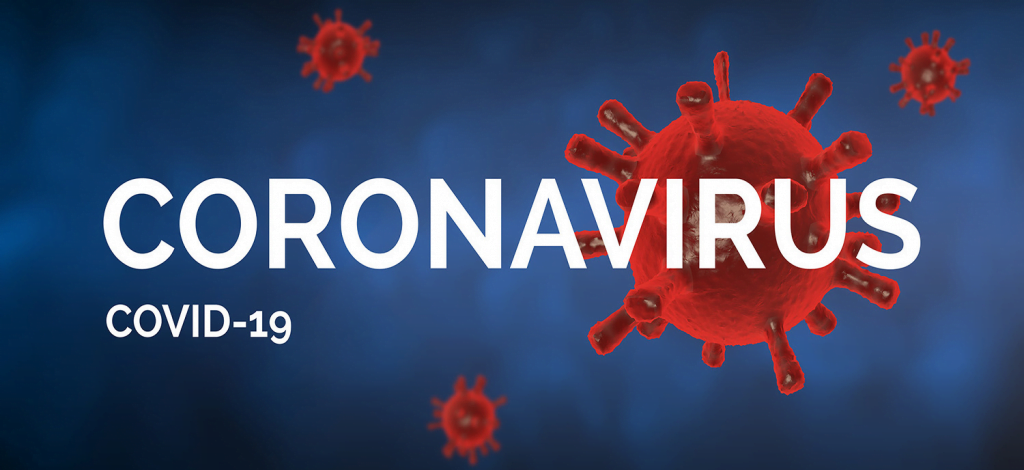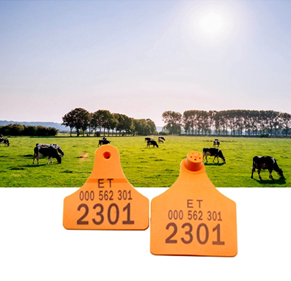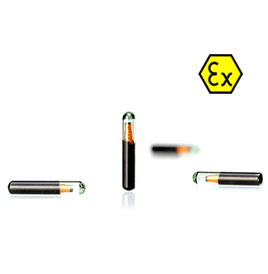
Diereboerderye was nog altyd geneig om uit diere-epidemies uit te breek. Ons het die uitbreking van Voëlgriep gesien, H1NI Varkgriep, Nipah, Ebola en nou COVID-19.
Many countries have taken serious actions to control further outbreak of an epidemic and have regulated the livestock management and animal husbandries. Various technologies are being used for identification and monitoring of livestock and proper management of animal husbandries. There are few must use products by Animal Husbandry post COVID.
The most important change that has been made to the livestock controlling and monitoring is the use of RFID technology. The RFID enabled tags use the EID number or the management number on the button that is placed on the animal. Die inligting op die etiket word gelees en gestoor met behulp van radiogolwe. This technology is less time consuming, more economical and accurate.
Why Animal Husbandry uses RFID tags?
1. Lewenslange aansoek: RFID tags stay attached on the animal for the lifetime and don’t fall out or become unreadable when covered in dirt or mud. Die meeste van hierdie etikette is waterdig en skokbestand. Die RFID-etikette maak plaasbestuur maklik en minder tydrowend.
2. Maklike implementering: Elke etiket bevat 'n unieke identifikasienommer wat maklik deur 'n EID-leser geskandeer kan word. Geen papierwerk benodig nie. Die hele proses word gerekenariseer om die akkuraatheid van die data te verbeter. Anders as visuele etikette, RFID-etikette kan selfs op 'n afstand geskandeer word en vereis nie dat die dier stilstaan nie, of 'n visuele kontak tussen die leser en die etiket. RFID-etikette is veiliger en verminder die kans op foute.
3. Koste-effektief: RFID tags are cost effective and more efficient. Hul langdurige funksie maak hulle goedkoper as ander etikette wat vervang moet word as gevolg van slytasie en val van die dier af. Die tegnologie verg minder menslike ingryping. Vandaar, verminder ook die koste van mannekrag.
4. Maklike monitering: Boere en vee-eienaars kan die gesondheid van hul beeste vanaf geboorte tot by die slagting monitor. Hou enige dieresiekte dop, hou diere se beweging dop sonder om hulle te steur en teken die vervoer vanaf een toestel aan.
5. Government Regulation: Many countries have made it mandatory to use the RFID tags in order to quickly trace an outbreak of livestock diseases. Die tradisionele, nie-elektroniese opsporingstelsel kan 'n paar maande neem om sulke uitbrake op te spoor.
Here are the MUST USE RFID products by Animal Husbandry
1. RFID-oorplaatjie: RFID ear tag is a plastic or metal object that carries an identification number on it and is placed in the ears of an animal. It carries a fifteen-digit unique Animal Identification Number (AIN) saam met enkele ander besonderhede, soos eiendomsidentifikasienommer. Die AIN bestaan uit 'n 3-syfer-ondernemingskode en 'n individuele nommer van 12 individuele diere. Dit kan met die hand of met 'n oormerk toediener toegedien word. 'N ID-leser word gebruik om die data van hierdie etikette te skandeer en te versamel, wat dan op 'n rekenaar afgelaai en gestoor word. Hierdie proses verminder die kans op foute en hou al die data met betrekking tot 'n dier bymekaar.

RFIDHY Ear Tag kom in verskillende frekwensies vanaf 134.2KHz, 125KHz tot so laag as 860 MHz en 960MHz. The waterproof and shock-resistant RFID tag is designed in a way to implement the technology efficiently and hassle-free. Met 'n 100% prestasie waarborg, RFIDHY’s ear tag last for the lifetime of the animal. The electrical parts of the RFIDHY Ear Tag is covered by TPU material which is convenient and strong in the harsh environment too. RFIDY gee u die voordeel dat u die ID-nommers volgens u vereiste kies. U kan ook u kleur en die inhoud wat u op die etikette wil druk, kies. Hierdie ISO-11784/11785-gesertifiseerde etikette het 'n waarborg van drie jaar.
2. RFID-glasplaatjie: Glass Tag is essentially a tiny transponder that stores information and emits radio frequency. It comes in the form of a miniature capsule not bigger than grain of rice. The capsule contains a microchip containing a unique code. Unlike ear tags that are placed on the animal body, glass tags are injected in the animal body like vaccines. The information on the tag is scanned with a RFID tag reader by scanning the surface of the animal skin. The reader captures all the details mentioned on the tag with accuracy.

RFIDHY Glass Tube Tag is a glass RFID chip embedded transponder manufactured by fully automatic production technology thereby ensuring the consistency and reliability of its quality. It offers a variety of chip options in both low and high frequency. It has high Q Value and sensitivity that protects it from harsh environment. Being heat resistant and stable, it can be imbedded in a broad spectrum of potential enclosure material. It has unlimited resistance to water and chemical absorption. The tag has memory storage options from 64 bit read-only to 2048 bit read-write.
The RFID tags are recommended for cattle, skape, goats, pigs and other pet animals. These tags are widely used in slaughter houses, poultry houses and hatcheries to identify and monitor the livestock. Track any disease and keep a check on their health. They are used in keeping records of the livestock movement, their feeding and vaccination schedules too. These features of RFID tags make them a must use product for the Animal Husbandry industry after the world recovers from COVID.





